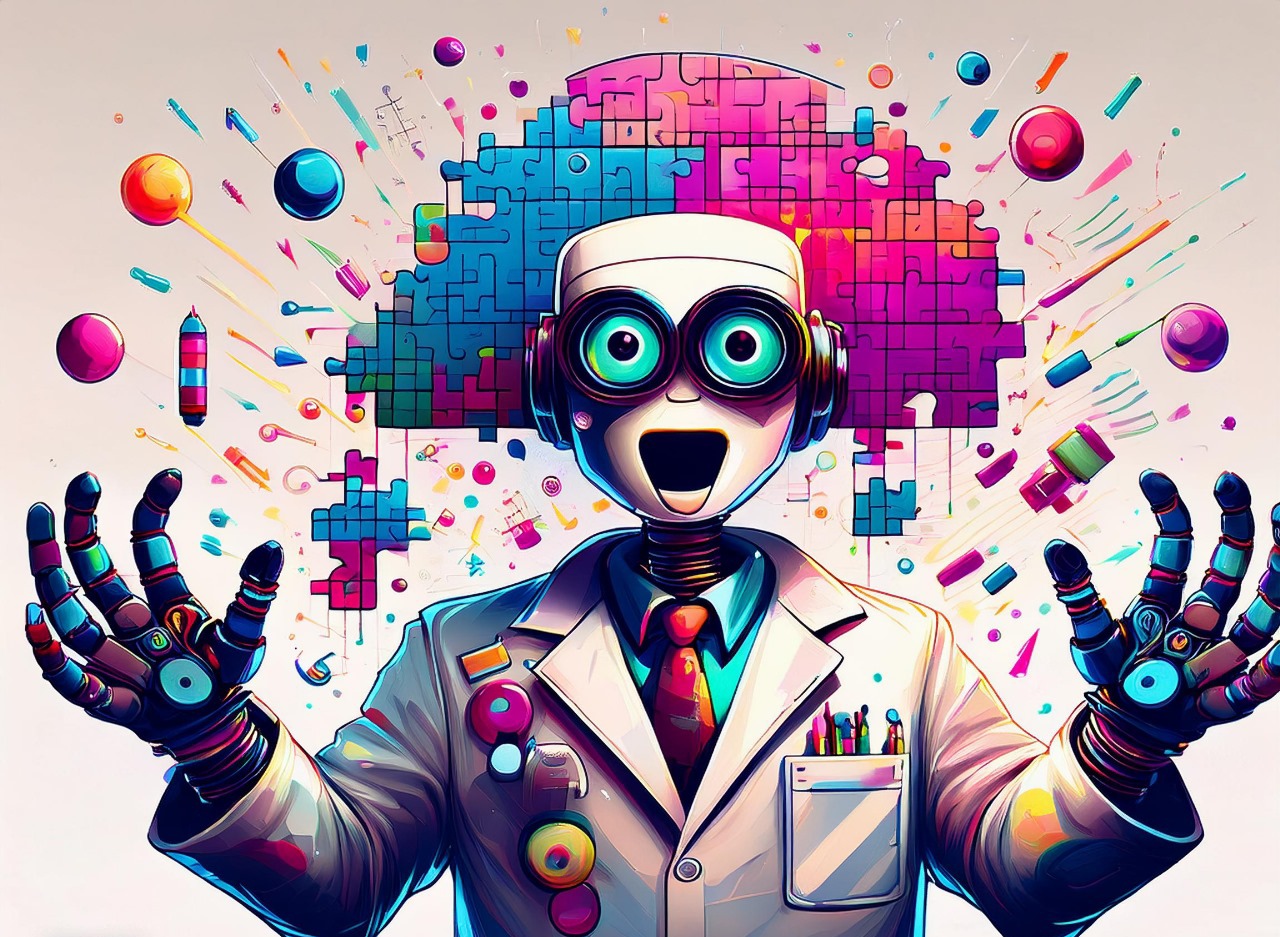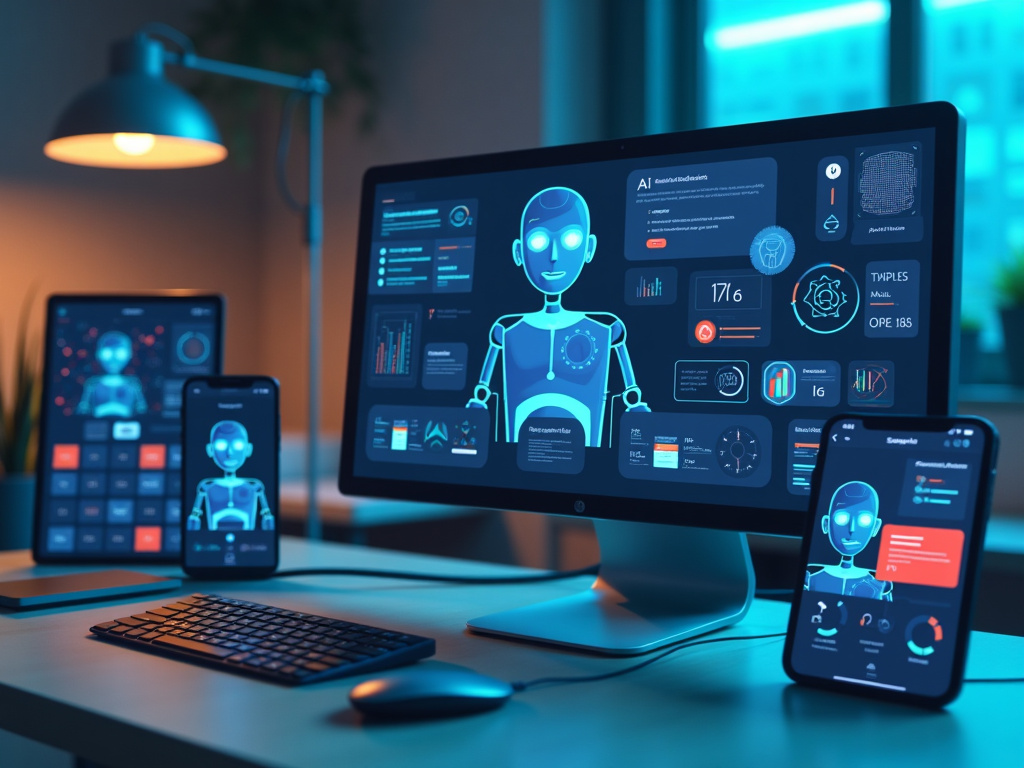Unpacking the Mechanics
Machine Learning
The Engine Behind Artificial Intelligence
At the core of Artificial intelligence is an idea called Machine Learning (ML). Consider ML the brain of AI — a framework that gains and improves as a matter of fact, similar as how we people master new abilities. However, rather than going to classes or understanding books, ML frameworks advance overwhelmingly of information.
Machine Learning works by using algorithms — bit by bit systems or recipes for tackling issues — that can recognize designs inside information. Envision you show a ML model a large number of pictures of dog. Over the long haul, the model figures out how to perceive the normal elements of a dog, like fur, bristles, and ears. After enough practice, it can recognize a dog in another photograph it has never seen.
The Different Flavors of Machine Learning
Supervised Learning:
In this strategy, the framework is prepared on a named dataset, and that implies the information accompanies predefined replies. For instance, if you need to help a computer based intelligence to perceive spam messages, you’d give it a dataset of messages named as “spam” or “not spam.” The artificial intelligence then figures out how to recognize designs related with spam messages.
Unsupervised Learning:
Here, the computer based intelligence is given information without marks and should find patterns all alone. This is frequently used for clustering, where the system groups similar data points together, like organizing a playlist by music genre.
Reinforcement Learning:
This resembles preparing a dog with treats. The AI is given an undertaking and advances by experimentation, getting rewards (uplifting feedback) for fruitful activities. This strategy is in many cases utilized in game-playing AIs, similar to the ones that can beat human bosses at chess or Go.
Machine Learning is the foundation of most AI applications today, driving everything from proposal engines to fraud identification frameworks.
Deep Learning: AI’s Mental ability on Steroids:
If Machine Learning is the brain of AI, then Deep Learning is its supercharged form— a technique that permits machines to deal with data in manners that are inspired by the human cerebrum. Deep Learning uses artificial neural networks, which are algorithms modeled after the way our cerebrums work.
These neural networks comprise of layers of interconnected hubs, like neurons in the human cerebrum. Every hub processes data and gives it to the following layer, progressively refining its comprehension until it arrives at a result, such as identifying an item in a photograph or recognizing speech.
Deep Learning powers probably the most progressive AI frameworks today, for example, self-driving vehicles, which need to investigate a ceaseless stream of information from cameras and sensors to securely explore streets. Additionally behind the innovation permits man-made intelligence to produce sensible pictures, interpret dialects with high exactness, and even make music.
What makes Deep Learning so strong is its capacity to deal with complex errands that were recently remembered to be past the scope of machines. It’s the reason AI can now perform assignments like diagnosing ailments from X-rays or recognizing fraud with pinpoint precision.
Natural Language Processing (NLP): The AI That Talks Back
Natural Language Processing (NLP) is the part of AI that spotlights on empowering machines to comprehend, decipher, and answer human language such that feels regular. It permits your remote helper to comprehend when you request that it set an update or tell you a joke.
NLP includes a few parts:
Speech Recognition: This is the capacity to change over communicated in language into text. It powers voice-enacted frameworks like Siri or Google Partner.
Sentiment Analysis; This method is utilized to decide the close to home tone behind a piece of text, for example, recognizing whether a client survey is positive or negative.
Machine Translation: This is the method involved with translating text starting with one language then onto the next, similar to research Interpret. It includes understanding the unique situation and subtleties of the language, which can very challenge.
Chatbots and Conversational Agents: These are frameworks intended to carry on a discussion with a human client. They are generally utilized in client care, where they can deal with questions and offer help every minute of every day.
NLP is continually improving, making communications with AI more consistent and human-like. The objective is to make frameworks that comprehend the words you say as well as handle the importance and plan behind them.












